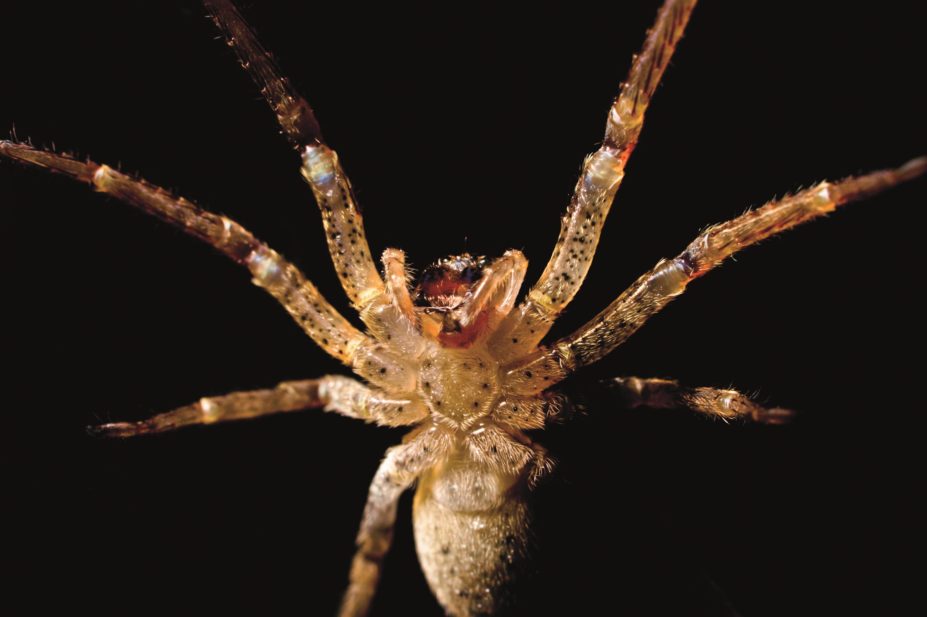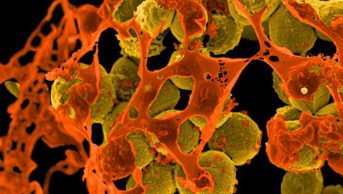
Shutterstock.com
Chronic pain affects approximately 15% of the adult population, fuelling the search for new analgesics with greater efficacy and tolerability. Building on the observation that voltage-gated sodium (NaV) channels are crucial for human pain sensation, researchers have turned to spider venoms as a potential source of NaV channel modulators.
Using a high-throughput assay, the team screened 205 spider venoms and found that 40% contained at least one inhibitor of the NaV1.7 channel. One such peptide – Hd1a from the spider Haplopelma doriae – was particularly potent, the researchers report in the British Journal of Pharmacology
[1]
(online, 4 March 2015).
“Untapping this natural source of new medicines brings a distinct hope of accelerating the development of a new class of painkillers,” says lead researcher Julie Klint from the Centre for Pain Research at the University of Queensland.


